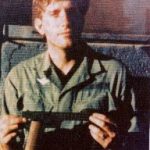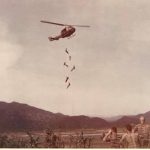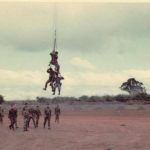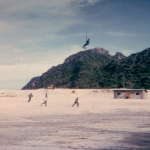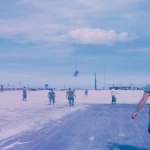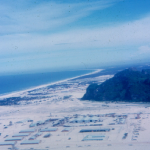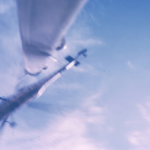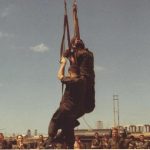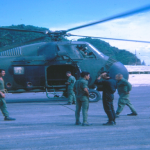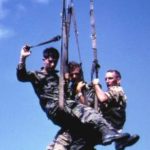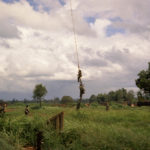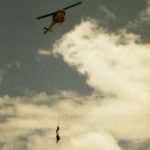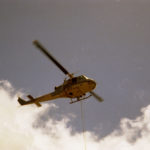SOG's Experimental Equipment
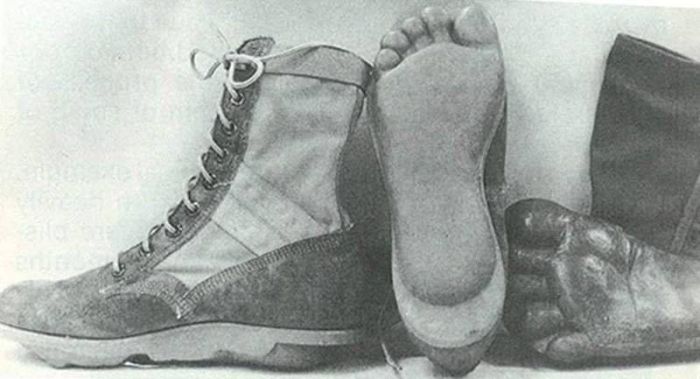
An experimental “barefoot boot” was developed, it was used by MACV / SOG (Military Assistance Command, Vietnam – Studies and Observations) because Communist trackers would come running whenever they discovered U.S. jungle boot tracks. These were not widely used.
The Gyrojet is a family of unique firearms developed in the 1960s named for the method of gyroscopically stabilizing its projectiles. Rather than inert bullets, Gyrojets fire small rockets called Microjets which have little recoil and do not require a heavy barrel or chamber to resist the pressure of the combustion gases. Velocity on leaving the tube was very low, but increased to around 1,250 feet per second at 30 feet. The result is a very lightweight & transportable weapon.
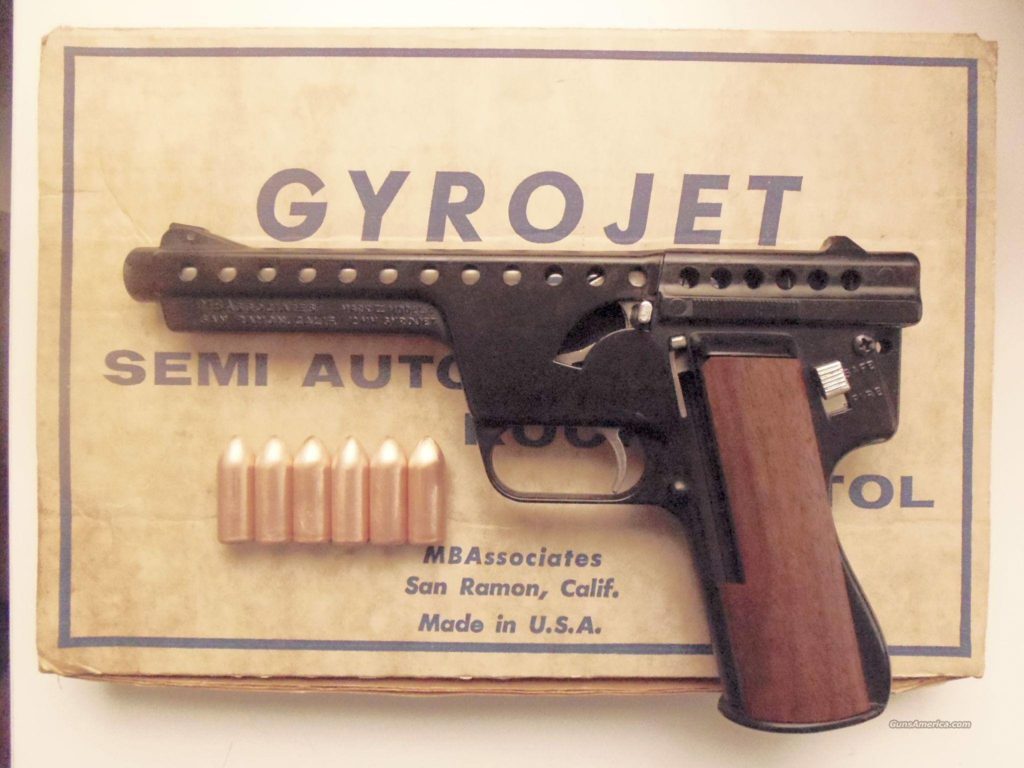
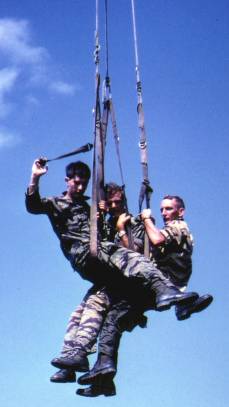
The McGuire rig was the method used to extract a team by rope when the extraction helicopter could not descend low enough to either sit down, low hover, or utilize its two 35’ ladders. If the helicopter could descend down to at least 100 feet altitude above the team, McGuire rigs were dropped to the team and they were extracted by rope.
A McGuire rig was simply a 15’ x 3” nylon strap (type A7A) fashioned into a loop large enough for a man to sit in and with a smaller wrist loop sewn into the A7A strap to prevent the wounded or unconscious from falling out. The top of the A7A strap was tied to the outside (running) end of a 120 foot ½ inch nylon rope and stowed on the left side of the helicopter inside a Griswold container (a thick canvas weapons container).
Project Delta’s Sergeant Major Charles T. McGuire – renown for the McGuire rig used to extract recon teams.
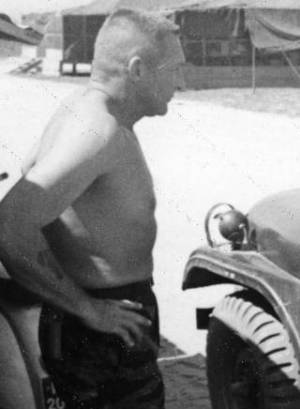
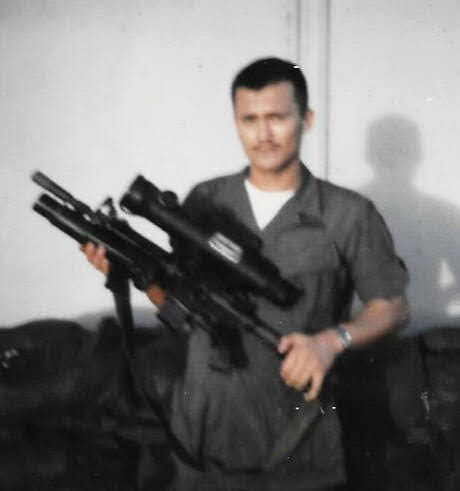
Star Light Scope
Original Item: Only One Available. The U.S. Army AN/PVS-2 is a first generation night vision device, first developed during the Vietnam war era, which quickly went through several different revisions. This particular scope is version 2B. While very large and heavy by “modern” standards, the 6 pound passive starlight PVS 2s were considered state of the art when it came to the capabilities of U.S. troops fighting at night.
These scopes first entered service at the height of the Vietnam War, and despite their cumbersome size and weight, they did prove its use among Soldiers and Marines in their patrol bases. It was probably too heavy to carry out on many patrols, but as a rifle equipped with one on a post at night where mobility wasn’t an issue, it could be a force multiplier, especially when the Viet Cong wanted to strike or probe the lines at night.
These early design night vision devices were passive, and did not emit any light of their own, relying on incoming light. This was then amplified using a photocathode and an image intensifier tube in order to significantly increase image contrast. As they emit no light of any kind (IR/UV/etc) they are not detectable, however this also means that they are of limited use when there is no ambient light, which is why they are usually termed “starlight” scopes. Clear nights with star or moon light are optimal,
The AN/PVS-2B was intended as a rifle scope, and has a standard mount on the bottom for attaching to rails, such as used on the M-16 rifle. A switch on the upper left activates the scope, which can be used during the day with the attached daylight filter. The rubber eyeshield has an internal “flapper” closure that prevents light from escaping the back of the scope, helpful during clandestine operations. There is a focus control near the eyepiece, and there are instructions on the left side of the scope.
This scope was in service for years, and the data label on the right side of the scope gives information regarding the version information, as well as when it was overhauled:


